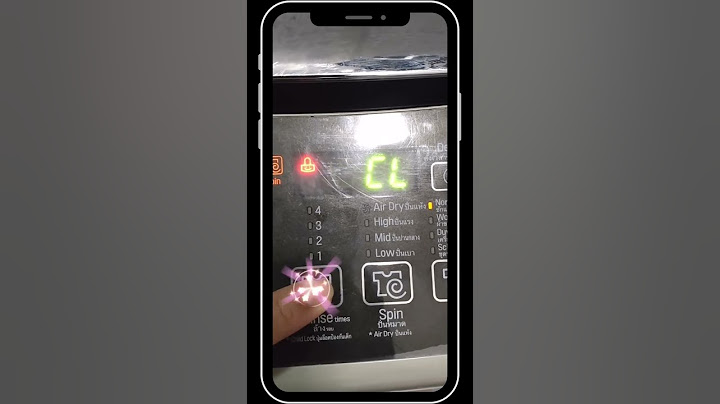Divided since the dawn of time, the Peoples of the Tower no longer speak to each other. But it is said that one day, a Traveler will find the wisdom to break down the walls and restore the Balance. Explore and discover an enthralling world in a colorful, poetic setting inspired by the myth of Babel, where men have forgotten their past. Travel the endless steps of a prodigious labyrinth, uncover an ominous truth and unveil the mysteries of this fascinating universe where ancient languages are both the lock and the key. Show
Embark on a captivating journey with ancient languages to decipher • Explore a beautiful, fascinating world with a strong narrative inspired by the myth of Babel • Observe your environment and solve puzzles to unravel the mysteries around you • Use stealth and cunning to outwit the Guardians and cross the forbidden zones • Decipher ancient languages to restore the connections between the Peoples of the Tower System RequirementsMinimum:
Recommended:
© 2022 Chants of Sennaar, a game developed by Rundisc and published by Focus Entertainment. Chants of Sennaar, Focus Entertainment, Rundisc and their respective logos are trademarks or registered trademarks. All other trademarks, registered trademarks or their logos belong to their respective owners. All rights reserved. More from Focus EntertainmentMore like thisWhat Curators Say48 Curators have reviewed this product. Click here to see them. Customer reviewsOverall Reviews: Overwhelmingly Positive (6,915 reviews)  Recent Reviews: Overwhelmingly Positive (2,500 reviews)  Review Type All (7,474) Positive (7,364) Negative (110) Purchase Type All (7,474) Steam Purchasers (6,915)   Language All Languages (7,474) Your Languages (3,707)  Date Range To view reviews within a date range, please click and drag a selection on a graph above or click on a specific bar. Workers performing maintenance on machinery and equipment may be exposed to injuries from unexpected energization, startup or release of stored energy. The Occupational Safety and Health Administration (OSHA) lockout/tagout standard requires employers to adopt and implement practices and procedures to shut down equipment, isolate it from its energy source(s) and prevent the release of potentially hazardous energy during maintenance and servicing activities. While many employers have implemented a lockout/tagout program in their facilities, an often overlooked portion of this program is the development of specific lockout/tagout procedures for each individual piece of machinery and equipment in the facility. The goal of this document is to assist employers in developing and implementing machine-specific lockout/tagout procedures using a three-step process. Step 1: Collect Equipment InformationTo develop machine-specific lockout/tagout procedures, the first step is to collect information about the piece of equipment you are assessing. Visit the location of the machine and document the following: Name of Machine or EquipmentThis might be the name assigned by the manufacturer or simply what the machine is referred to within your operations. Physical Location of the EquipmentIf your company has just one location, documenting the physical location is not an issue. However, if a certain piece of equipment is present in multiple facilities, it is a good idea to document the facility to which the procedure applies. Energy Sources Present in the MachineMost equipment is powered by some type of electrical energy, but the energy sources don’t end there. You must also consider energy sources such as pneumatic, hydraulic, mechanical, water/gas/ steam under pressure, gravitational, thermal (heat), chemical and others. Document each energy source. Magnitude of Each Energy SourceIf your equipment is powered by 480-volt electrical service and 100 psi air pressure, document each of these magnitudes. Repeat for each energy source. Method for Machine Shut-Down/Stopping ProcedureIf the normal stopping procedure is to turn the switch to the “off” position, document this in your notes. Method for Releasing Any Stored Energy PresentFor instance, if your equipment contains air under pressure, document the method used to dissipate this energy prior to working on the machine. Before any work begins, a “zero energy state” should be achieved. This means controlling not only energy from outside the machine, but also energy that is stored inside the machine. Method Used to Isolate Each Energy SourceIf your equipment is electrically hard-wired, the method to isolate this energy source may be to move the disconnect switch to the “off” position and apply a lock to prevent it from being moved back to the “on” position. For a machine with pneumatic energy, the process may involve closing a valve on the air line and applying a guard over the valve to prevent it from being re-opened. Method Used to Verify That the Lockout Was SuccessfulThe purpose of lockout is to ensure that the machine cannot be started while being serviced. After lockout has been applied, but before work actually begins, a test should be completed to make sure that the lockout was successful. This may be as simple as pressing the “start” button on the machine. Document each final test that should be performed, making sure to indicate that the machine should be returned to the “off” position once the test is complete. Enhance Your Procedures With PhotosSince most lockout/tagout procedures are developed in word processing applications, it is often beneficial to take photos of the equipment and energy isolation points (e.g., breaker boxes or gate valves on air lines) and include these in your written procedures. This will make your procedures easier to follow, especially if you have a multilingual workforce. Step 2: Develop Written Procedure for Lockout/TagoutAfter collecting the necessary information in step one, the next step is to assemble the information in a written procedure that can be used by employees performing lockout. Although it is not required to develop written procedures in a word processing program, this is the recommended approach, and allows you to insert photos into the procedure and update it quickly and easily when needed. The following example shows one way to complete a written procedure: Step 3: Post the Lockout/Tagout ProcedureOnce you have completed the written procedure, it is recommended to keep it posted at the machine. Many organizations also keep a second copy of each procedure in a binder in the facility office. It is essential that employees have access to the procedures when they need to perform a lockout. |

กระทู้ที่เกี่ยวข้อง
การโฆษณา
ข่าวล่าสุด
2024 ทำไม register garmin แล วระบบแจ งว าไม พบ serial number
5 เดือนs ที่ผ่านมา . โดย OperativeFraudผู้มีส่วนร่วม
การโฆษณา
ผู้มีอำนาจ
การโฆษณา
ถูกกฎหมาย
ช่วย

ลิขสิทธิ์ © 2024 th.ketajaman Inc.



























